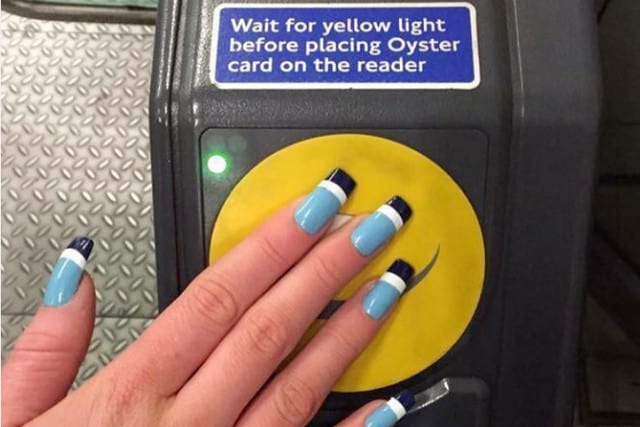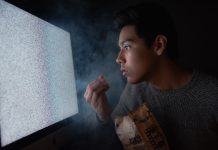Possibly a dream come true for every beauty junkie out there!
The lines between the real and virtual world are becoming increasingly blurred as consumers continue to integrate technology in their everyday lives. Though the world of fashion has embraced technology to stay in trend, the beauty side has fallen behind – up until the last couple of years. The unyielding technological push has made it vital for the beauty companies to adopt the tech world openly. They can no longer afford to be on the side-lines and so, are starting to combine technology with beauty offerings.
Challenging Traditional Innovation Of Beauty Offerings
3D printers are all the rage right now, making waves in the medical, food and recently, the fashion industries. Though they may not seem to have any place in the beauty industries, 3D printers have actually had an impact, and can further alter how beauty products and offerings are created. At this stage, most of their usage remain in the manufacturing processes, where the printers are used to create packaging prototypes. But, as technology develops, these printers are being used in other stages as well.
3D printers are capable of enhancing the consumers’ in-store and home experience through the creation of personalized products. From foundation to eyeshadow, products can be customized and printed by adjusting printer-compatible pigments and base material, which means you can now match your eye makeup perfectly to your dress! In fact, Make Up Hacker and Moda, two of the pioneers in the 3D printable makeup trend, are already offering their printers up for preorder. Now, that is every beauty junkie’s dream come true, indeed.
Another area that technology is continuously being explored in the beauty industry is wearable technology. Increasingly, these products are being used as an end product themselves, more than just a tool to enhance consumers’ experience with the beauty brands. Beauty products are already being embedded with RFID tags, small magnets or conductive material that allows the wearer to interact with their environment and their own wearables.
In London, a fashion student has designed fake nails that allows her to tap in and out of the Metro! For those who are always losing their EZ link card, this might just be your answer.
Fake eyelashes and eyeliners are also getting a makeover. Though still in the prototype stages, these are being targeted as products that can turn basic eye and facial movements into programmable actions, similar to Google Glass. Talk about convenience!
Bringing Affordable And Efficient Beauty Right To Your Home
The demand for high-tech treatments at the convenience of one’s home has given rise to a variety of devices. From zapping off pimples to anti-aging treatments, there is bound to be an existing device in the market, or one that is being developed right now, that solves all your beauty woes. The market for such devices is so attractive that both startups and industry giants are rushing to invent the next big thing. An example would be the Tria (as shown in the picture above), which is a FDA approved device that reduces the appearance of crow’s feet by stimulating collagen production. This means you literally have beauty at your fingertips.
Changing The Way You Receive Customer Service
The most evident way that technology is penetrating the beauty industry is through customer service and interaction. From DNA testing and skin analysis to apps and videos, diagnostic tools have gone high-tech. Think: apps, in-store devices and online questionnaires to personalize the service rendered, in turn adding to customers’ experience and affecting purchase decision.
Sephora uses skin care IQ, an online questionnaire, to recommend the appropriate skin care products to its consumers. Organic Pharmacy launced their DNA test, in their flagship store in London, to match your genetic makeup to your skincare by testing for skin risks, damage, allergy and sensitivity. These insights are then used to customize your skin care products.
Apps like OKU (touted as a personal skin coach) and L’Oreal Make-Up Genius (which lets you try on their makeup) and Klara (a dermatologist in your pocket) aim to bring professional skin care service right to one’s home.
All being said, the potential of technology in beauty is still at a nascent stage, with lots of potential to explore and grow. With beauty giants like beauty giants like L’Oreal leading the way investing in such technology, the future of high-tech beauty is looking promising for sure.



















